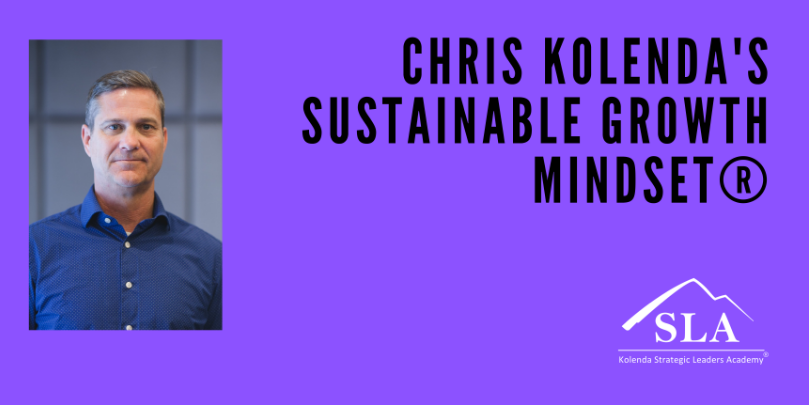Gratitude in Leadership: Practicing the 3 A’s of Gratitude
Gratitude in leadership is less of a feel-good idea, and more do-good practice of putting your intentions into action. The good news is that you don’t have to spend hours journaling, sitting in the lotus position, or manufacturing empty praise. Instead, focus on the 3 A’s of gratitude.
The 3 A’s of Gratitude in Leadership
- Affirmation (reminding people that what they do matters)
- Admiration (praising people for doing things well)
- and Appreciation (recognizing employees appropriately).
Put these gratitude practices into action, and you will see better productivity in your company and lower stress for you.
Why Gratitude Matters.
People have high morale at work when they know what they are doing is essential, they do it well, and they know you appreciate them.
Gratitude from leaders in your organization is a key to high morale.
Gratitude is the intersection of affirmation, admiration and appreciation.
When organizational leaders regularly express gratitude to employees, you are highlighting tangible examples of what right looks like. Employees know what behaviors to emulate because leadership affirmed, admired, and appreciated their contributions.
Gratitude is like honey — when you spread it around, some always sticks to you. People who practice gratitude have lower stress and better peace of mind. Leaders naturally become more successful when they see results like having 81% of your employees become more productive.
By contrast, fewer than half of employees work harder due to boss’s demands.
By the Numbers
Companies with high-gratitude leaders experience:
- Better productivity (81% surveyed work harder when they feel appreciated).
- Higher retention (53% report higher willingness to stay; 66% who feel unappreciated report wanting to leave).
- Higher employee morale (59% of employees report that they’ve never felt appreciated).
- Greater employee engagement (Only 32% of Americans report being engaged at work; 18% report being actively disengaged, spreading dissatisfaction, and the remaining 50% are disengaged, mailing it in, punching the clock, etc.
Putting Gratitude into Action
- Affirm that your employees’ work is essential by showing them the links between their job and the company’s success.
- Be specific about what they’re doing right (admire); avoid generalities that come across as empty praise.
- Show your appreciation by identifying how their work is helping you and the company and investing in their professional growth. Talk is cheap; investing in your people shows genuine appreciation.
- Pay attention: meeting with your direct reports for 15 minutes each week boosts their productivity (use this check-in guide).
- Use RAVEN when someone disagrees with you or offers fresh ideas.
- Journal if you want to; some people find it better to do event-driven journaling rather than make it a daily routine.
Differentiate Through Gratitude in Leadership
High-gratitude-leaders stand out. HBR found that the more power organizational members wield at work, the less gratitude they are likely to feel and express due to elevated feelings of entitlement and reduced concerns about their relationships with others.
When you lead with gratitude, you get better performance. When you act like a pirate who found buried treasure every time you discover a fault, you get slight performance improvement and live with higher anxiety.
Since faults tend to stand out more than excellence, you must be intentional about opportunities to express gratitude. The best leaders still see the problems and address them and find greater buy-in with gratitude.
An Example of Gratitude in Leadership
We can turn to leaders like Julie Frymyer, the Kansas City Chiefs assistant trainer who put gratitude into action. Her efforts helped Chief’s quarterback Patrick Mahomes recover from injury and get back into action, sending the Chiefs to Super Bowl LVII.
Reaping the Rewards of Gratitude in Leadership
What could your organization accomplish if your leadership team practiced greater gratitude? Our SLA Community helps leaders tackle cultural shifts like this one to create tangible benefits like increasing profits and reducing employee turnover.
Schedule a call with Chris to learn more.

I’m writing about gratitude today in memory of Daisy, our German Shepherd, who we had to put down due to cancer. We rescued her in 2017, and we brought tremendous joy to each other’s lives. We miss her.
P.S. My psychological safety article was so popular that Dr. Mark Goulston and I created the Net Psychological Safety Score so you can assess your organization.


















